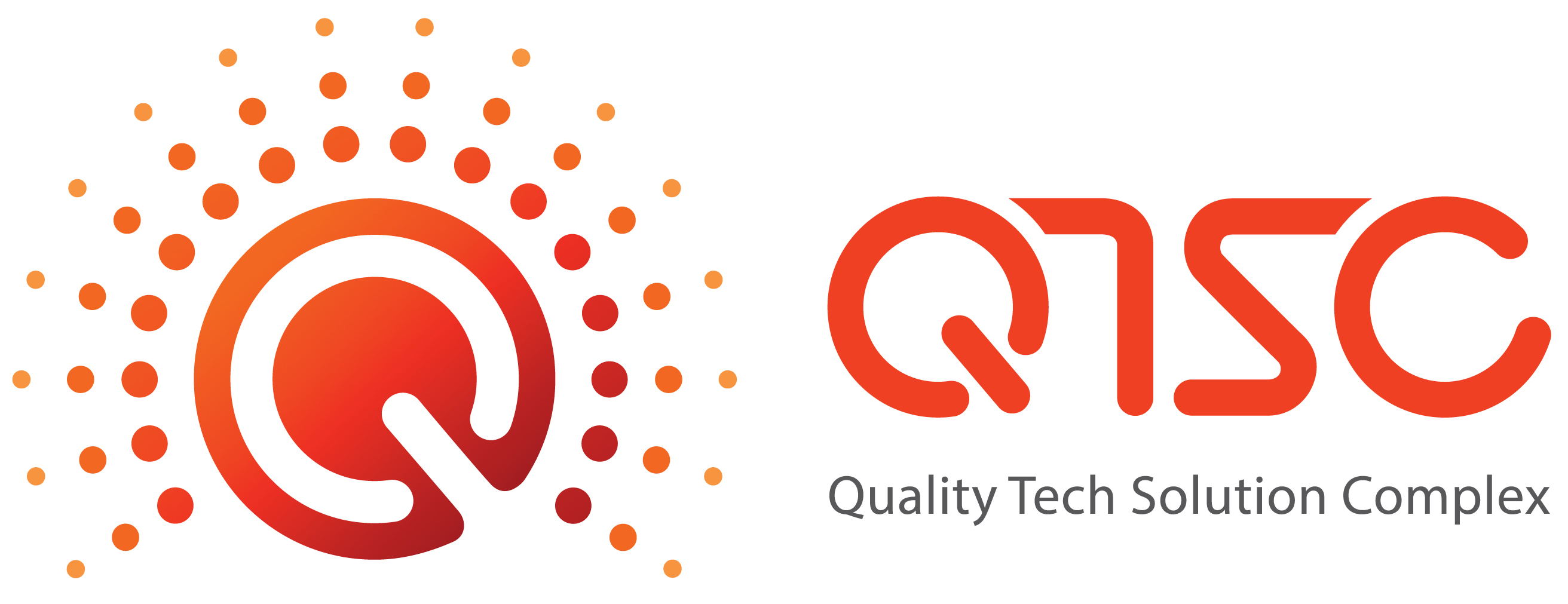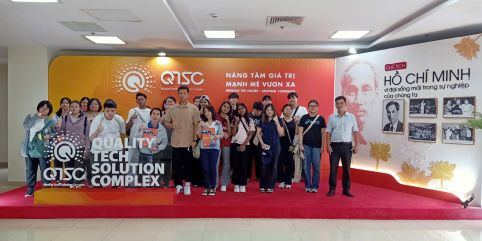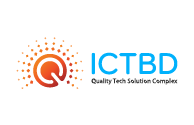What is the role of collaboration in Supply Chain? By definition, the Supply Chain mobilizes a large number of different actors and professions. To be efficient, it must organize the collaboration between all its stakeholders: Sales, marketing, finance, purchasing, production…

Technology for Supply Chain Collaboration
In Supply Chain there are two types of collaboration, internal and external. The so-called internal collaboration is the essence of the Supply Chain. Indeed, it is a transversal service, which allows to fluidify the sharing of information between the main professions of the company. The perfect example is the S&OP process, also known as PIC, whose goal is to bring together all the players in order to develop a tactical plan, unique and accepted by the major departments of the company.
At the end of the 90’s, APS (Advanced Planning System) appeared in order to propose more advanced functionalities than MRP and to allow a better coverage of the Supply Chain processes. These tools have enabled the optimization of Supply Chain processes and increased the maturity of companies in these areas, in particular by integrating data from outside the company.
In the APICS literature, the maturity of a supply chain is made up of 4 levels. To reach the 4th level, named “Extended Enterprise”, collaboration must be at the heart of the company and spread to its partners. Indeed, a company is considered at level 4 when it integrates its network with those of its partners, in order to improve the efficiency and quality of its products and services.
Collaboration boosted by SAP Integrated Business Planning
Even if APS like SAP APO were the first step to implement collaboration both internally and externally, the collaborative functionalities remained limited, cumbersome to implement and not very user-friendly. This lack of a dedicated collaboration brick is now over. This subject, so often ignored in the past and acting as a brake on the development of the Supply Chain of companies, is now in full revolution. There is now a plethora of tools on the market. This is particularly true in the SAP ecosystem, with SAP IBP which is not left behind in terms of collaborative functionalities.
In fact, since the creation of SAP IBP in 2012, the vendor has offered SAP JAM as a collaboration tool.

SAP JAM is a very complete enterprise social network (ESN) with many features. It stands out from other ESNs thanks to its very close connectivity with SAP IBP. Indeed, SAP JAM is fully integrated with the SAP IBP interfaces (Fiori and Excel) allowing a smooth and fast collaboration. At any time the user can share a view, a dashboard and even comment on a modification.
Beyond SAP JAM and through applications, SAP IBP offers features dedicated to collaboration. Some of these applications are connected to SAP JAM.
Today we will take as an example, among these numerous applications, Process Management and Web based planning.
Process Management
This application allows you to model a business process (S&OP, Demand Planning…) in SAP IBP and to follow its progress. Each of these processes consists of steps and tasks to be performed. Closely linked to SAP JAM, the Process Management application can inform all participants in the process of its progress and notify them of the tasks to be performed.
A power of this application is the possibility to launch a calculation at the beginning or at the end of each step. This calculation can be of any type such as a cleaning of outliers, an algorithm, the populating of a data…
A Gantt chart allows to get an overview of the process.
Web based planning
One of the most useful applications for internal and external collaboration is called “Web based planning”. This Fiori application allows stakeholders (sales representatives, suppliers and customers), whose involvement is less important but essential, to enter their data on easy-to-access and ergonomic interfaces. This application greatly facilitates the collection of essential information for good planning and is a first step in extending collaboration to external partners. One of the perfect examples is the possibility to retrieve data directly from the different points of sale.
These 2 applications perfectly illustrate the new direction of SAP and the contributions of the new technologies that SAP promotes.
Finally, SAP does not stop there. Its main strength being based on integrated systems, it easily accompanies companies to reach level 4 of Supply Chain maturity. Indeed, SAP IBP integrates natively with the ERP ECC or S/4HANA, but can also be interconnected with all the solutions of the SAP portfolio (SAC, C4C, BW…). This is the case, for example, with the SAP ARIBA solution (purchasing management solution), which allows to extend the collaboration to its suppliers, thus allowing to have a fully integrated collaborative Supply Chain.
Source: TeamWork





 Tiếng Việt
Tiếng Việt










